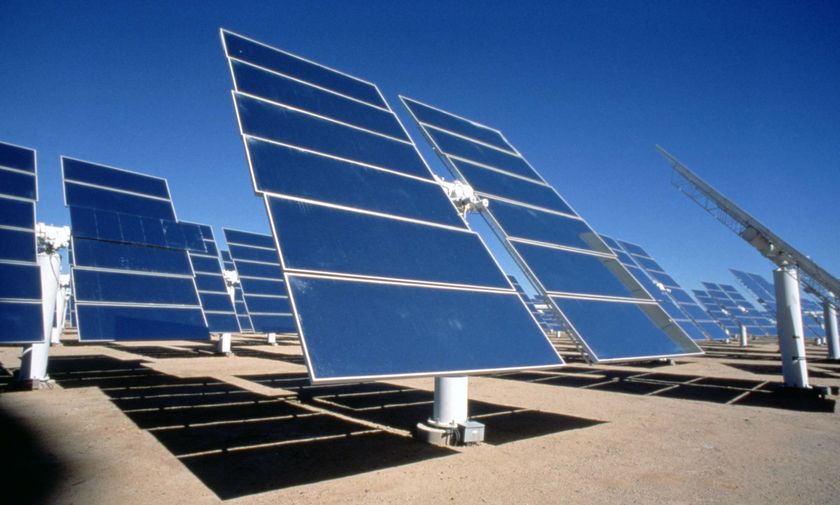4/1 Field Trip To ECHO
Bamboo Tree
Bamboo is in the grass family. The stems of the bamboo tree are hollow and the vascualr bundles in the cross section are scattered throughout the stem. Bamboo is the fastest growwing plant in the world. The Bamboo tree is popular in Southeast Asia for building materials, as food sources, and as a versatile raw product.
Ducks
Garlic Chives
Garlic chives are a perennial herb. The herb grows great in the sun. A garlic chive can grow to be about 2 feet tall and 2 feet wide. Garlic chives are used to add some flavor to soups, meats, and other dishes.
Aloe Vera "true aloe"
There are about 500 different species of Aloe. Aloe is native to Africa. The Aloe plant has rosette of large, thick fleshly leaves. Back in the day aloe was often used as an herbal medicine. Today aloe is used to relieve pain from minor cuts and sunburns.
Neem Tree
The Neem tree is the legendary medicinal tree of India. The Neem tree is currently one of the world's most researched trees. It is a tree that can help solve global environmental and health concerns.
Banana Plant
The banana plant is often mistaken for a tree. The banana plant is tall and sturdy. What appears to be a trunk is actually a false stem. Leaves of banana plants are composed of stalks. Sheaths support the plant. The banana plant is the largest herbaceous flowering plant.
Star Fruit Tree
Star fruit trees thrive in subtropical and tropical climates. A star fruit tree can grow to be about 12 to 13 feet tall. Star fruit trees grow best in full, direct sunlight. It is best that the star fruit tree be sheltered from wind. The tree grow a delicious fruit that is enjoyed by many!
Surinam Cherry Tree
The Surinam cherry tree can grow to be about 25 feet tall. It is an edible-fruited Eugenia species. The tree has slender, spreading branches with lots of foliage. The fruit that is grown on the plant is called a cherry. The skin of the cherry is thin, the flesh orange-red, melting and very juicy; acid to sweet, with a touch of resin and slight bitterness. Often 1 fairly large, round seed found in the cherry.
















































